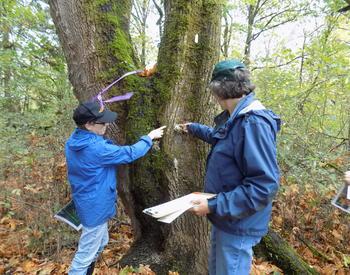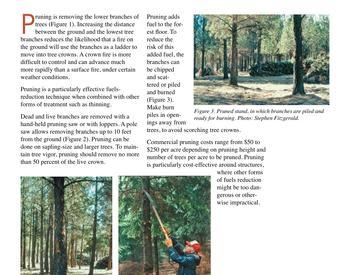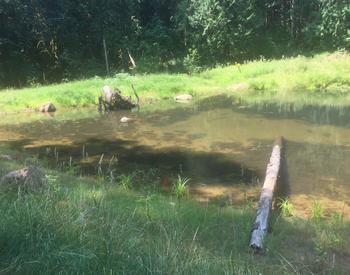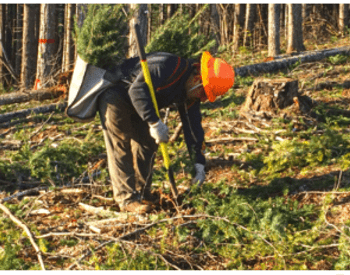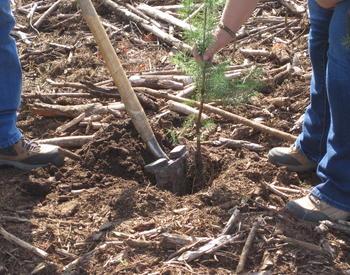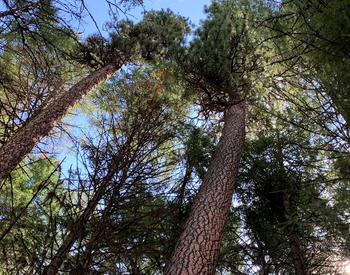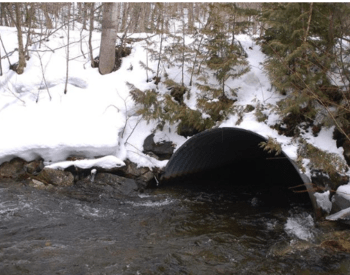Nature trails are a popular feature across the Oregon landscape. People from all walks of life escape to them for solitude, wildlife viewing, exercise and to spend time with friends and family. As a landowner, you have the opportunity to create a trail (or many!) in your very own backyard. But where do you start?
Landowners of all acreages can successfully construct a nature trail on their property, as many design and maintenance features are the same regardless of property size. With careful planning and construction, nature trails can have a minimum impact on the surrounding environment, protecting important features such as wildlife, plants, soil and waterways.
A well-designed trail can even aid in other land management needs, such as access to remote property corners and fire breaks. They are also a great opportunity to teach children, friends and adults alike about wildlife, forestry and natural resources.
Here are some things to consider when planning for a nature trail on your property.
Who is going to use the trail?
Is your trail meant for hiking, biking, strollers, wheelchairs, horses, ATVs or some combination of these? Design the trail with the user in mind and the desired difficulty level. A trail designed for people using wheelchairs will be different from one for mountain bikers.
Keep water off the trail
To minimize the disturbance caused by the trail, you must plan with water in mind. An ideal trail is built on the side of a ridge, slightly slanted outward, and kept clear of rocks, branches or other debris for several yards on both sides of the trail. Follow the contour to keep water from running down the middle of the trail.
Keep wildlife and plant impacts in mind
Wildlife and plants add interest to a trail hike, but it is important to minimize your disturbance of their habitat. Avoid cutting trails through undisturbed areas, rather align them along natural or human-created edges. Keep trails away from known habitat areas for sensitive species. Keep trails as narrow as possible for your intended use.
Know your soils
Soil type and texture have a major influence on soil drainage and durability. The best soil type for a trail is a mixture of sand, silt and clay. Knowing your soil types along the planned trail path will help you develop a solid, stable tread (the actual surface of the trail).
Design trails to follow the contour, use rolling grades and other measures to route runoff away from the trail, avoid steep slopes and build a boardwalk across wet soils. To learn more about the properties of the soil on your land, visit the USGS Web Soil Survey website.
Consider the visual appeal
Regardless of your reason(s) for enjoying a nature trail, users appreciate the visuals that accompany thoughtful trail placement. Some of these visual features you may consider highlighting when planning your trail include:
- Waterways.
- Park-like landscapes.
- Open savannas.
- Interesting or large trees.
- Spaces defined by edges (such as a pasture bordered by woods).
To ensure minimal impact on waterways, wildlife habitat and other valuable ecological functions, design trails to be both visually pleasing and supportive of minimal ecological disturbances.
